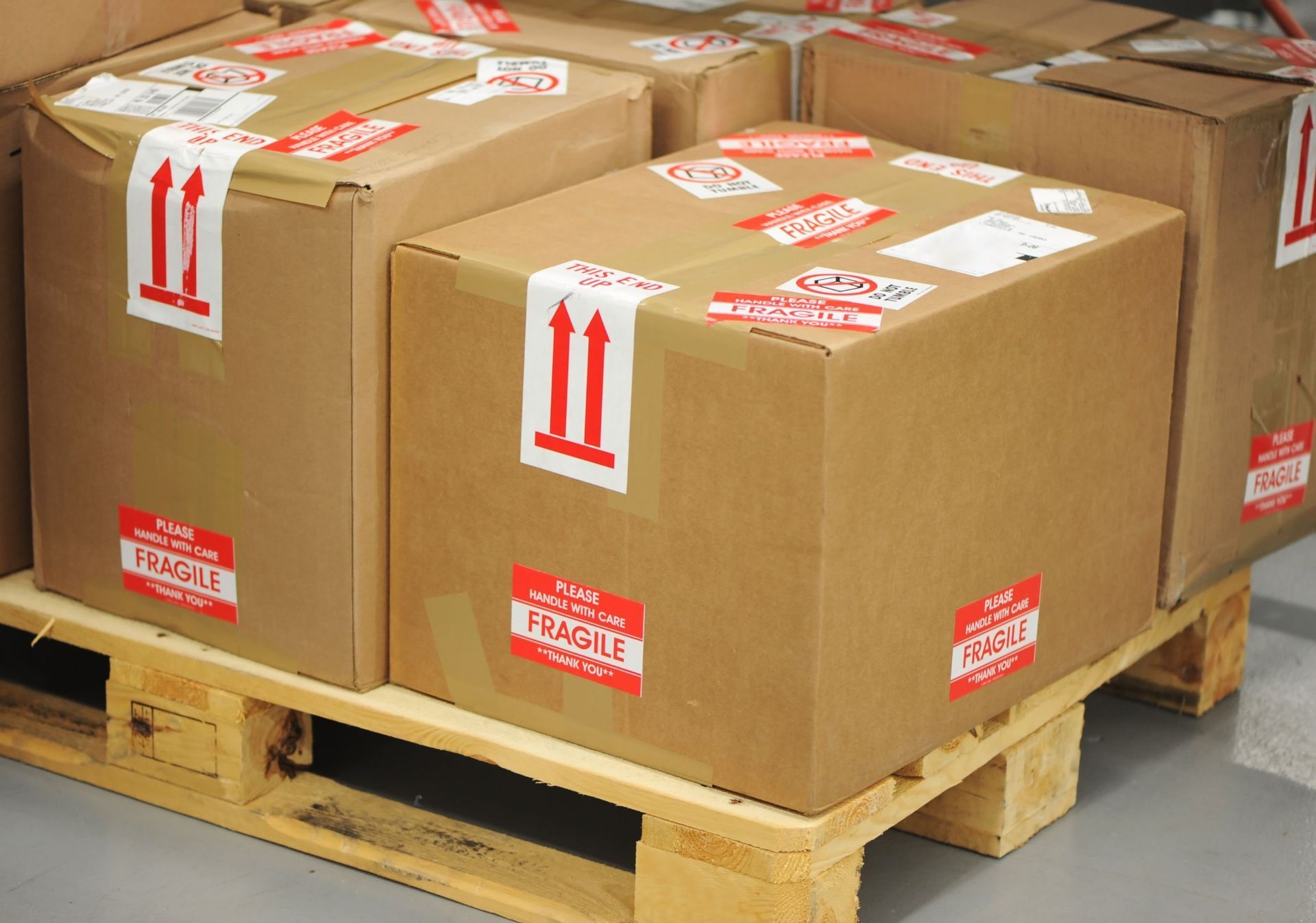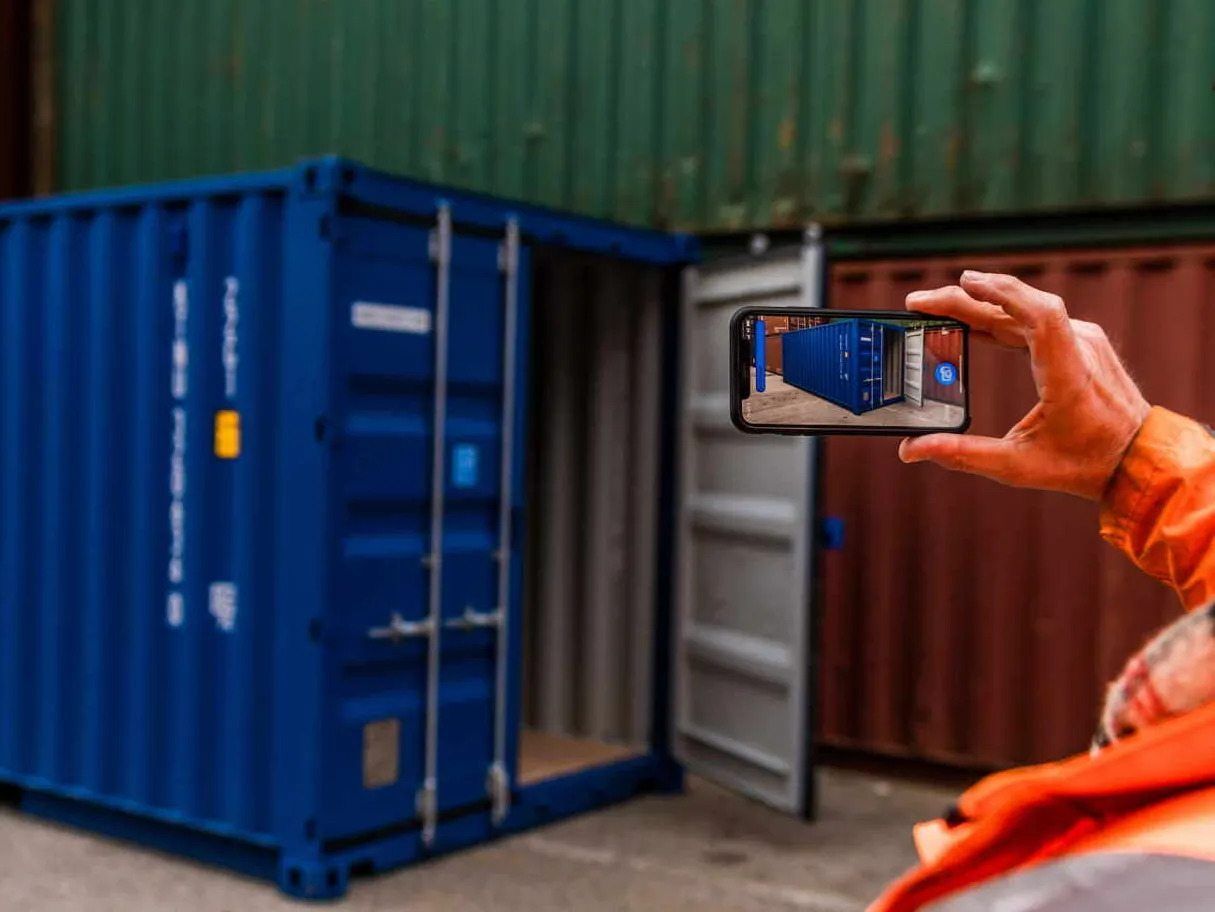Standardizing your cargo inspections: The challenges and how to overcome them
Are you tired of the never-ending challenges that come with cargo inspections? You aren’t alone in this! Don’t let the complexities of logistics get you down. Read on to find out how standardizing your cargo inspection procedures can solve your problems and reshape your logistics company.
Why are cargo inspections important?
Everyone involved in a logistics company knows well the importance of conducting a visual cargo inspection. Inspections happen at different places and are vital for successful supply chain management.
Cargo inspections are essential for ensuring that deliveries are made on time and that regulations are complied with. An oversight in performing an inspection could lead to unwanted cargo damage claims and fines.
And in matters of safety, an example being that hazardous materials have to be handled in a very specific manner. Finally, the very real risk of smuggling among goods being transported can be greatly reduced when checkups are overseen.

The challenges of standardization
Standardizing cargo inspections is not an easy task. In its very nature cargo can be very diverse, from its contents containing steel to avocados, differing in shape, size and weight. Given this a varied approach to overseeing it needs to be taken which makes standardizing a challenge.
Transporting fragile goods
Some items are more fragile than others and need to be handled with more sensitivity. This especially applies to food production, factors need to be taken into consideration so that it is kept at optimal quality and sample testing is done, fruit weighted and cut in half and so forth.
Research from the Food and Agriculture Organisation of the United Nations states that approximately one-third of all food products are lost or wasted during packaging, harvesting, transportation, or during trade. This is often due to non-compliance with temperature limits.
The toil of standardizing the cargo inspections of transporting fragile goods can be resolved with flexibility; the standardization process should be flexible enough to account for variations in cargo, packaging, and transportation methods.
Training can also play a role; to ensure that all employees involved in the inspection and transport process receive proper training in identifying and handling fragile goods. Provide ongoing training to ensure that employees stay up-to-date on best practices and new developments.

Rules & Regulations
As goods may cross different countries and regions a range of different laws and regulations for customs exists with large discrepancies between some. Standardizing would first require an understanding of all the individual policies to be capable of creating something that works for all.
The pains of standardizing cargo inspections with various cross border rules and regulations can be minimized by conducting thorough and regular research to understand the rules and regulations for cargo inspections in the countries where you operate.
Working alongside and developing a working relationship with customs officials and other regulatory bodies would help to facilitate the inspection process and ensure compliance.
Investment
The implementation and enforcement of standardizing cargo inspections would be costly. There may need to be an investment in certain equipment, technology and training. There might be a resistance to change from employees and the resource constraints may make it financially difficult for smaller companies to implement. However, the investment would undeniably pay off in the long term.
Such an investment could be establishing a monitoring and enforcement mechanism. This would ensure that the standards set in the inspections are being implemented correctly and could come in the form of using technology as a monitoring tool and implementing penalties for non-compliance.
Another method would be to involve the stakeholders to guarantee that the standards realized are practical and can truly be implemented. All those involved such as the carriers, shippers etc should be consulted to ensure that all concerns and opinions are voiced and addressed.
The implementation of technology in logistics does not always have to be complex, even something as ordinary as your mobile phone can be a very useful tool. They enable us to access real-time information and communicate on the go. Mobile phones have the ability to carry out the essential tasks; taking photos, filling in forms and checking checklists which make them indispensable for performing inspections.

Streamline your processes
Streamlining processes can help reduce the amount of time an employee has to complete a process, it enhances productivity while reducing risk. Standardization can play its part in this streamlining, it would ensure that all inspections are being conducted consistently and to a set standard across different locations and among different inspectors.
It would lead to improved communication and establish a more transparent supply chain. The aforementioned difficulties of standardizing your cargo inspections seem far more daunting than the reality.
As a whole standardizing cargo inspections is an ongoing process, it requires continuous review and improvements to the inspection process to ensure that it remains effective.
Want to enhance efficiency and streamline your operations processes? Read more about how digital transformation will boost your business.





